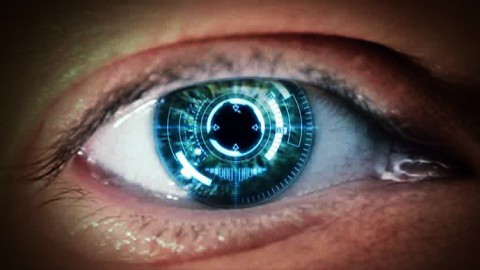 Researchers at Massachusetts-based MC10 are exploring electronic technology that can stretch and fit the contours of the human body. The electronic monitoring device, nicknamed the Bio-stamp, can bend and twist with the people that use it, like a piece of wearable technology.
Researchers at Massachusetts-based MC10 are exploring electronic technology that can stretch and fit the contours of the human body. The electronic monitoring device, nicknamed the Bio-stamp, can bend and twist with the people that use it, like a piece of wearable technology.
Wearable tech is a type of mobile technology that fits to the user’s body. The technology records everything from muscle firings to brain activity, and is the size of a quarter.
Bio-stamps look like a sticker, fit like a Band-Aid and measure everything from the wearer’s heart rate and Electrocardiograms (EKG), to brain signal activity, depending on where the user has it attached. It is making waves in technology fields for documenting and transmitting internal information from our bodies.
How Biotech Can Help Athletes
Professional athletes have been making use of this technology for years when it comes to quantifying the results of their training regimens. It allows them to tweak their workouts to encourage optimum performance. It shows them where they need to step up the intensity and where they have over-trained, which can help keep them healthier and more fit.
Success in sports is about a competitive edge. Even a fraction of a second can make a difference. Athletes are constantly looking for ways to help increase their performance output and lengthen their careers. This technology helps them accomplish that.
Other Uses
The Bio-stamp technology isn’t just meant for pro athletes, however. Patients suffering from disorders affecting movement, like multiple sclerosis and Parkinson’s can also benefit from it. Tracking and recording data gathered from seizures and other irregularities can also help medical personnel better prescribe the right medicine and the most accurate dosages of it.
The faster data is received and analyzed, the quicker medical adjustments can be made. Those medical treatments can help save lives.
These concepts aren’t new. The human body radiates information, now we have the ability to decipher the code and understand what it’s trying to tell us.









